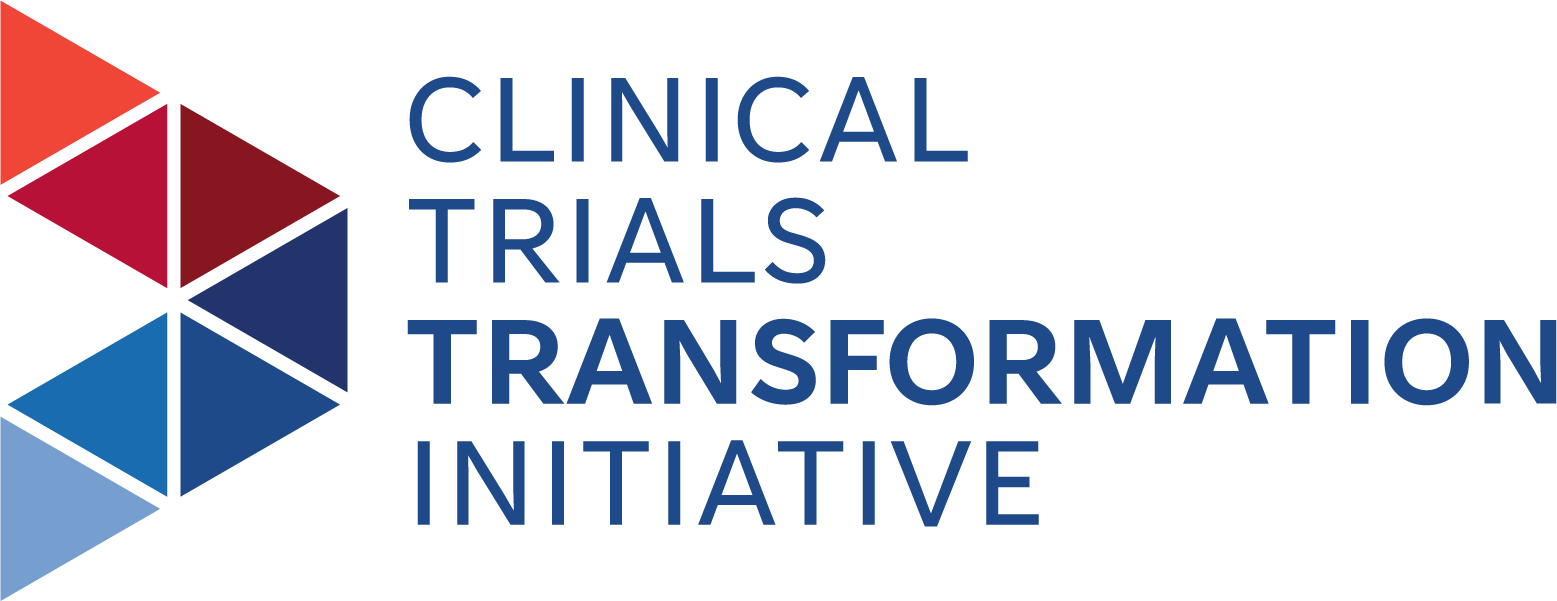KUMC Implements Quality by Design To Drive Efficiency Across its Organization
KUMC Applies CTTI's Quality by Design Recommendations
SUMMARY
The
University of Kansas Medical Center (KUMC) Quality Assurance (QA) team gained
leadership support to implement Quality by Design (QbD) across its
organization. CTTI's QbD recommendations and principles document were
foundational to the QA team's effort.
GOAL(S)
KUMC's
QA team looks for ways to provide research education and process improvement,
so when KUMC's Vice Chancellor of Research passed along CTTI's QbD
recommendations, it resonated as a goal the team would like to implement. While
many organizations implement QbD at the study level, KUMC wanted to apply the
principles across the entire organization. The team's ultimate goal was to embed
QbD principles into policies, Standard Operating Procedures (SOPs), templates
and training, building a QbD framework across the entire research culture at
KUMC.
CHALLENGES
The QA team knew that
applying QbD broadly would improve efficiency in the long run, but there was
work to be done to take QbD from concept to practice. The team needed to balance
QA activities with QbD implementation. Additionally, KUMC is a large academic
medical center consisting of three schools conducting research. The team needed
to identify other areas within the research enterprise where QbD is applicable,
starting with teaching the fundamentals: What is QbD?
SOLUTION(S)
CTTI's QbD recommendations were developed with
consideration to the fact that QbD thinking is new to most organizations. The
CTTI QbD Principles document breaks down specific areas
across the study lifecycle where QbD thinking could potentially be applied,
including protocol design, patient safety, study execution, reporting, and
more.
TAKING ACTION
The
first thing the QA team did was to gain support from leadership. The team explained
CTTI's QbD concept, why it is important, and pitched ideas for how they could
incorporate it into various aspects of the organization. It was helpful that
the QA program at KUMC works heavily with investigators and study coordinators,
allowing the team to hear what is needed and the questions being asked. During
their pitch to leadership, the QA team was able to speak to how QbD could help
answer those questions and address those needs.Once they had support from leadership, the QA
team started incorporating CTTI's recommendations into the QA program. For
example, if the QA team was reviewing an investigator-initiated protocol, it
would think about some of the critical-to-quality factors and provide context in
the comments provided back to the investigator and study team. The team also
worked to standardize forms and templates to the process, making QbD simpler
and promoting faster integration. After QbD was solidified across QA, the QA
team worked to develop training to apply QbD thinking more broadly. Rather than
try to teach QbD as a concept, the QA team conducted example-driven training
that would resonate more strongly with employees. For example, the team would pose
a hypothetical eligibility criteria situation and say, "This was the
eligibility criteria, but the participant didn't meet a particular inclusion
criteria and a waiver was granted by the sponsor. If you were writing this
protocol, what would be the criteria necessary to determine that these
parameters were too specific?" In its training, the QA team used examples like
eligibility and adverse events with which investigators identify. Through these
examples, they showed employees that it will not take additional time to use
QbD thinking; if it is incorporated into practice as habitual thinking, you
won’t even realize it is happening.
IMPACT
Once the
training was complete and the process more embedded (QbD is never "done" in an
organization, KUMC noted. It is always evolving.), KUMC began seeing more
efficient processes across the board. For example, by writing a protocol that
incorporates CTTI's QbD principles, the team is seeing fewer provisos and
deviations. The organization now examines where it can add information up front
to help mitigate disruption down the road, which makes working not only more
efficient, but also more enjoyable.
ADVICE
QbD is not
a one-size-fits-all approach, so what works for KUMC may not be the same as
what works for other organizations. For some, a study-by-study implementation may
be more beneficial. Before diving into QbD, understanding your own organization,
its processes, and its needs helps to drive the most effective way to
incorporate QbD into your goals.
ORGANIZATION
University of Kansas Medical Center
ORGANIZATION TYPE
Academia
IMPLEMENTATION DATE
2018
TOPIC
Quality
